Awards
The Best Papar Award:
“Machine Learning Model to Predict Opinion Polarization in Indonesian Social Network on Ivermectin as Covid-19 Cure”
Jaziar Radianti, Asep Sholahuddin and Irlandia Ginandjar
“Design Requirements for Information Systems Supporting Health, Medical and Welfare Coordination During Disasters: Insights from Multi-layered Analysis”
Shoko Miyagawa and Yoko Hamadate
The Best Student Paper Award:
“A Study on Aerial Image-Based Road Damage Estimation System in Wide-Area Disasters”
Kyohei Fukumoto, Koki Asami, Shono Fujita, Kei Hiroi and Michinori Hatayama
The Best Poster Award:
“A study on the effects of “Nigechizu” workshop – A case study of a disaster prevention learning program in Utsunomiya City, Tochigi, JAPAN -”
Masako Inoue
The Best Student Poster Award:
“Concept and Development of Disaster Prevention Fashion”
Yusuke Takikawa, Naoko Tosa, Natalie Ng Jen Ryu and Ryohei Nakatsu
Keynote speeches

Caroline Rizza,
Associate Professor,
I3-Telecom Paris, France

Shigeru Kakumoto,
Researcher,
DiMSIS Institute, Japan

Hiroshi Nishiura,
Professor,
Kyoto University, Japan
Important Dates
Program and Timetable have been updated (12 Oct.)
Announcements for Poster Presenters:
- An A0-sized board will be provided for each poster in the conference room.
- We recommend designing your poster in A0 portrait (vertical) format.
- Push pins or tapes will be provided at the venue.
- The posters will NOT published at all, while their titles and presenters’ names are shown on the program on the web page: https://itdrr.org/conference/itdrr2025/program/
| 12 May | Paper Submission Due << Closed – Check the Call for Papers |
| 20 Jun | Notification of Acceptance |
| 31 Jul | Late-breaking Poster Abstract Submission Due << Closed – Check the Call for Late-breaking Poster Presentations |
| 1 Sep | Registration Due (Early Registration) |
| 29 Sep | Registration Due (Late Registration) |
| 14-16 Oct | Conference |
| 30 Nov | Camera Ready (for post-conference proceedings) |
Conference Information
We concur with the UNDRR GAR Special Report 2024: “If we accept that disasters are neither natural nor inevitable, then we must work to prevent or at least reduce their impact”. This UNDRR Report acknolwedges that hazardous events are intensifying in most regions of the world, and turn into disasters. Over the years, it shows that recent hazard events have certainly been stronger than historical norms have often been stronger than many predicted. The landscape of disaster risks has been reshaped by the recent escalation in extreme weather events attributed to climate change, alongside the threat of digital warfare disrupting critical infrastructure.
Communities worldwide are navigating for the complexities of these new-age disasters, which are characterized by their cascading impacts in other sectors, their unpredictability and often with huge economic consequenses and environmental damages. While we only can predict and manage natural disasters, the human-made disasters are also another reason for concern such as land use changes, land and biodeversity degradation, risk-blind land use planning failure to enforce legislation on the disaster risk disaster reduction.
The urgency for advanced disaster risk reduction and resilience strategies is more pressing than ever. The intersection of information technology (IT) with disaster management has evolved, now playing a pivotal role in addressing the unique challenges of this era. The multiple threats of cybersecurity breaches in emergency response systems, misinformation and fake news in emergency management, and the necessity for sustainable, energy-efficient, and resilient technologies have taken centre stage. In the aftermath of global supply chain disruptions, IT has been instrumental in developing decentralized networks to ensure the continuity of essential services and in deploying machine learning models for real-time crisis prediction and response optimization.
Current multidisciplinary approaches to disaster risk reduction emphasise the urge to integrate various domains, such as climate science, cybersecurity, computer science, information systems and human-centric design. Professionals across different sectors—including sustanable development, cyber-physical systems, humanitarian aid, and urban planning—are required to synergize their efforts. The focus now extends to enhancing community resilience through technology-enabled education and participatory governance, ensuring inclusive and equitable mitigation strategies.
The Information Technology in Disaster Risk Reduction Conference (ITDRR 2025) provides a critical platform for global thought leaders to converge and address these contemporary challenges. The conference will spotlight breakthroughs in IT that cater to the dual needs of combating climate-induced disasters and protecting critical digital infrastructure against emergent threats.
ITDRR 2025 extends an invitation to innovators, policy formulators, scholars, and practitioners passionate about harnessing IT for societal safety and resilience. The conference aims to foster a dynamic academic and practical environment conducive to groundbreaking discussions and collaborative solution-building, bridging the gap between research, policy, and grassroots action. This gathering is an opportunity to sculpt the future of disaster risk reduction in an era that demands adaptability, foresight, and unyielding commitment to community empowerment.
The accepted papers will be published in the IFIP AICT series by Springer as post-conference proceedings.

